Table of content
Cordyceps flower stewed with lean pork is a cherished dish in Chinese cuisine, prized for its delicate flavor and impressive health benefits. This soup combines the earthy, slightly sweet notes of Cordyceps flowers (a type of medicinal mushroom) with the tender, savory taste of lean pork, creating a broth that is both comforting and restorative. Often served during colder months or as a remedy for fatigue, this recipe is a staple in many households seeking to balance nutrition and taste. Below, we explore the step-by-step process of crafting this timeless dish, along with insights into its cultural significance and health-boosting properties.
Ingredients
To create this nourishing soup, gather the following ingredients:
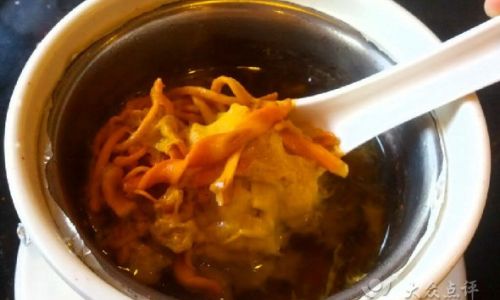
- 200 grams of lean pork (preferably pork tenderloin or shoulder), cut into bite-sized cubes
- 30 grams of dried Cordyceps flowers (also known as Cordyceps militaris)
- 10 grams of dried goji berries (optional, for added sweetness and antioxidants)
- 3 slices of fresh ginger (to neutralize any gamey flavors in the meat)
- 4 cups of cold water (or unsalted chicken broth for deeper flavor)
- 1 tablespoon of cooking wine (Shaoxing wine preferred, for aromatics)
- 1 teaspoon of salt (adjust to taste)
- A pinch of white pepper (optional, for a subtle kick)
- 2 scallions, finely chopped (for garnish)
Preparation Steps
Preparing the Ingredients
Begin by rinsing the lean pork under cold water to remove any surface impurities. Pat it dry with a paper towel, then cut it into uniform cubes to ensure even cooking. Set aside.
Next, soak the dried Cordyceps flowers in a bowl of warm water for 15–20 minutes. This step softens their texture and rehydrates them, allowing their flavors to meld seamlessly with the broth. Gently swirl the flowers in the water to dislodge any residual dirt, then drain and rinse them again. If using goji berries, soak them separately in a small bowl of water for 5 minutes to plump them up.
Blanching the Pork
Blanching is a critical step in Chinese soup-making, as it removes excess fat and impurities, resulting in a clearer, cleaner-tasting broth. Fill a medium pot with water and bring it to a rolling boil. Add the pork cubes and cook for 2–3 minutes, or until the meat turns opaque. Use a slotted spoon to remove the pork, discarding the water. Rinse the pork under cold water to halt the cooking process and eliminate any remaining scum.
Simmering the Broth
In a clean, large pot, combine the blanched pork, rehydrated Cordyceps flowers, ginger slices, and cooking wine. Pour in the cold water (or chicken broth) and stir gently. Bring the mixture to a boil over high heat, then immediately reduce the heat to low. Cover the pot with a lid, leaving it slightly ajar to allow steam to escape. Simmer gently for 1.5–2 hours. The slow cooking process extracts maximum flavor from the ingredients while tenderizing the pork.
Adding Final Touches
After 1.5 hours, check the broth’s consistency. It should be golden-amber in color and fragrant. Add the soaked goji berries (if using) and continue simmering for an additional 15–20 minutes. These berries add a touch of natural sweetness and a vibrant red hue.
Season the soup with salt and white pepper to taste. Stir gently to distribute the seasonings evenly. Avoid over-seasoning, as the Cordyceps flowers and pork already impart a subtle umami depth.
Serving the Soup
Ladle the hot soup into individual bowls, ensuring each serving includes a generous portion of pork, Cordyceps flowers, and goji berries. Garnish with finely chopped scallions for a fresh, aromatic finish. Serve alongside steamed rice or as a standalone appetizer.
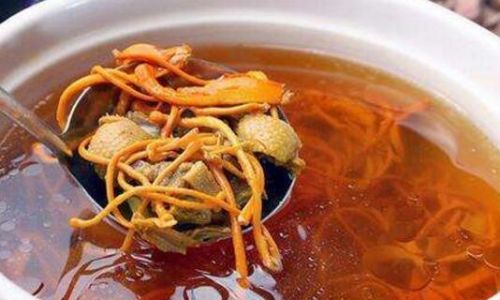
Tips for Success
- Quality of Ingredients: Opt for dried Cordyceps flowers with vibrant orange hues, as they indicate freshness and potency. Avoid products with a musty smell or brittle texture.
- Cooking Time: Resist the urge to rush the simmering process. Slow cooking allows the collagen in the pork to break down, enriching the broth’s body.
- Substitutions: For a vegetarian version, replace pork with mushrooms (such as shiitake) and vegetable broth. Tofu cubes can also add protein.
- Storage: Leftovers can be refrigerated for up to 3 days. Reheat gently to preserve the broth’s clarity.
Health Benefits
Cordyceps flowers are revered in traditional Chinese medicine for their immune-boosting and anti-inflammatory properties. Rich in antioxidants, they may support respiratory health and vitality. Lean pork provides high-quality protein with minimal saturated fat, making this soup a wholesome choice for muscle repair and energy levels. Goji berries, meanwhile, are packed with vitamin C and beta-carotene, enhancing the dish’s nutritional profile.
Cultural Significance
In Chinese culture, soups like this one are often dubbed “medicinal cuisine” (yào shí), blending nourishment with preventative health care. Cordyceps flowers, in particular, symbolize longevity and resilience, making this dish a common offering during family gatherings or convalescence periods. Its mild flavor profile also appeals to all ages, from children to the elderly.
Variations and Innovations
While the classic recipe is beloved, home cooks often experiment with additions like:
- Dried scallops or abalone: For an oceanic twist and added luxury.
- Jujube dates: To intensify the soup’s natural sweetness.
- Astragalus root: For an extra immune-boosting kick.
Adjust the ingredients based on seasonal availability or personal preference, but always maintain the balance between meat, fungi, and aromatics.
Conclusion
Cordyceps flower stewed with lean pork is more than a meal—it is a testament to the art of Chinese culinary tradition, where every ingredient serves a purpose. Whether you seek comfort during chilly evenings, a post-illness tonic, or simply a flavorful way to nourish your body, this soup delivers on all fronts. With patience and quality ingredients, you can recreate this timeless dish in your own kitchen, savoring the harmony of flavors and health benefits it provides. So, gather your apron, simmer a pot, and let the aroma of Cordyceps flowers and tender pork fill your home with warmth and well-being.


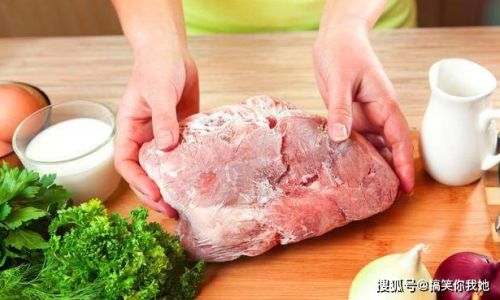
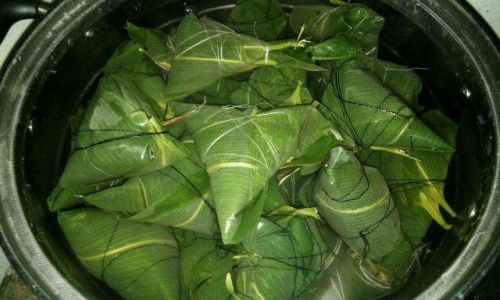
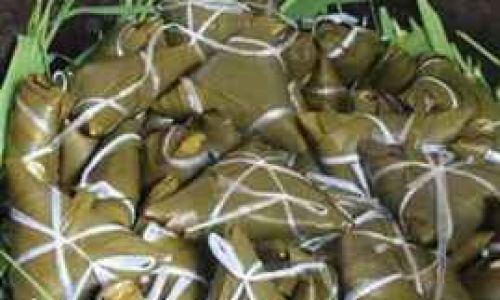
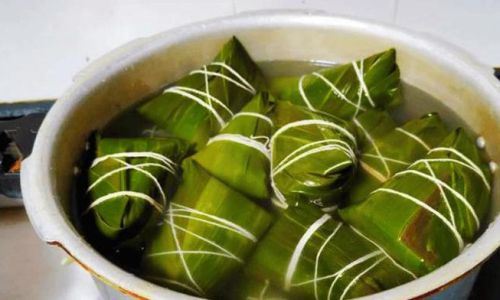
0 comments